HISTOIRE D'IBRIDE
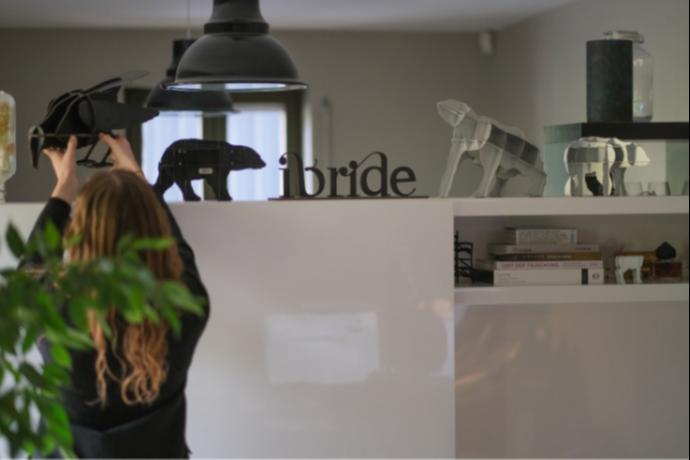
Creation of the ibride house
C'est en 1996 à Fontain, en France, qu'ibride est né du trio familial que forme Carine Jannin, Rachel et Benoît Convers.
Dès ses débuts, l'auto-édition permet à la maison de créer des objets singuliers et poétiques dont l'essence même réside dans la nature et le monde animal.
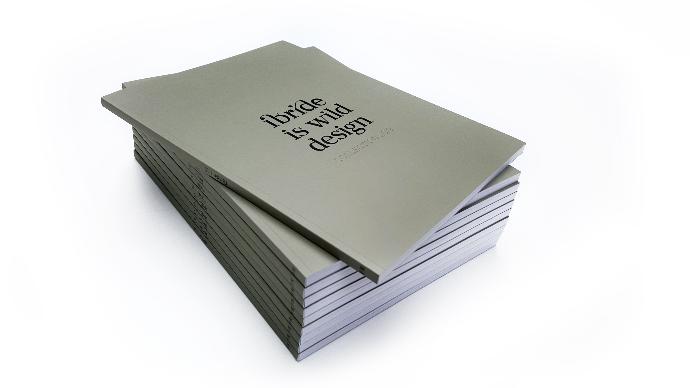
2000 à 2002 - Collaboration avec de grandes marques
Soon, ibride acquired new know-how by collaborating with prestigious brands such as Kenzo and Habitat, for which it designs and supplies tableware, lighting and other accessories.
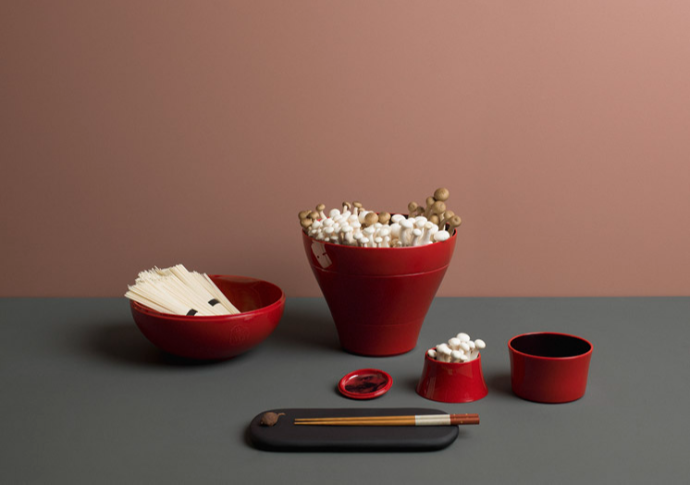
Return to independence
La maison d'édition opère un virage créatif et met fin aux collaborations pour s'épanouir dans l'indépendance et s'affranchir des codes.
Les deux années qui suivent marquent le lancement de deux collections devenues emblématiques.
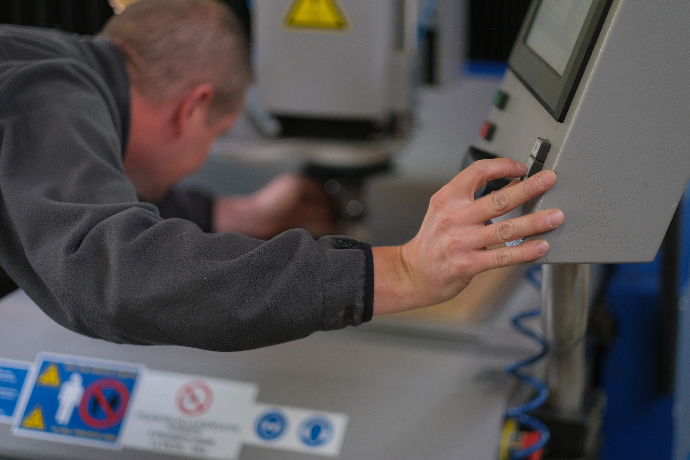
2013 - Innovation
Ibride prend alors conscience que l'innovation est un vecteur de liberté et investit dans un outil de production en 2013 pour devenir fabricant.
L'entreprise inclut dans cette nouvelle organisation les fournisseurs et sous-traitants locaux avec lesquels elle travaille depuis le début.
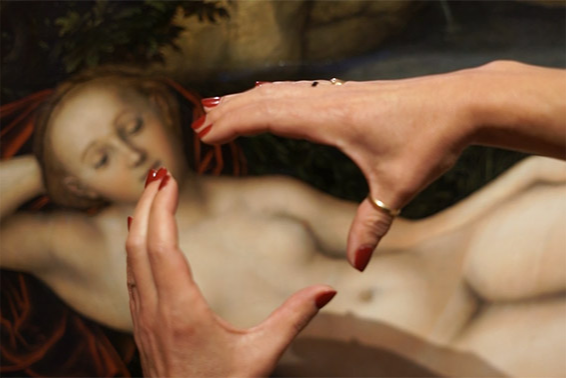
Depuis 2018 - Projets et collaborations
Ce mode de fonctionnement lui permet aujourd'hui de s'adresser au marché HoReCa et de réaliser des projets sur-mesure.
Dernièrement, plusieurs projets de collaboration et d'édition ont été réalisés notamment avec le célèbre musée Thyssen-Bornemsiza et la designer Constance Guisset.
FONDATEURS
Carine Jannin
Advocating the exact opposite of the traditional idea of business, Carine Jannin has made choices that have led the brand along an enlightened path – that of the human. She is not a conventional Company Manager– even before it was fashionable to establish an open management structure, she encouraged collective intelligence and preferred to empower members of her staff. Behind her, the pack is organized in one and the same movement. To observe Carine Jannin is to note a sincere interest in other people, an unconditional commitment to the design house. It is to realize, even before a single word has been spoken, that sincerity is not an evil defect. It is also to become aware that indeed audacity, authenticity and singularity are always more profitable than opportunism or following trends. It is simply to trust. And that is rare.


Rachel Convers
She has a certain discretion, a way of behaving that is marked by a profound respect, as if expressing a form of humility before the primacy of the world. Rachel Convers seeks supreme beauty, no doubt knowing that it is unattainable, a quest for perfection that leads her to constantly explore. Whether it be through colour or drawing, she strives to find the spark, the small amount of light, that tiny nothing that will literally give life first to the image and then to the object. Her gesture as a designer has to do with intention, attention, intuition and above all the desire to signify life. Rachel Convers reinterprets, restores and reinvents all forms of a common cultural heritage in order to invite the gaze to turn towards what has come before – nature, the essence of which we are all made up.
Benoît Convers
It takes no more than a few moments of observation to see that music has fulfilled Benoît Convers, giving him a different way of seeing the world. He considers creation as the mother of all questionings, as the conveyor of doubts which will contribute to the improvement of the finished article, as a vector of sensibilities, whether they be his own or those of other people. Each idea bears a meaning which is served by form. “What I love is the moment when ideas come together and blend with one another to make a coherent whole,” he will say. Benoît Convers sets himself restrictions, solves problems, exhausts existing forms to create new ones and, above all, considers design, the conception of objects and their fabrication as a profoundly empathetic discipline. For isn’t the creation of a painting, a text, a song or an object above all making a gesture towards someone?
